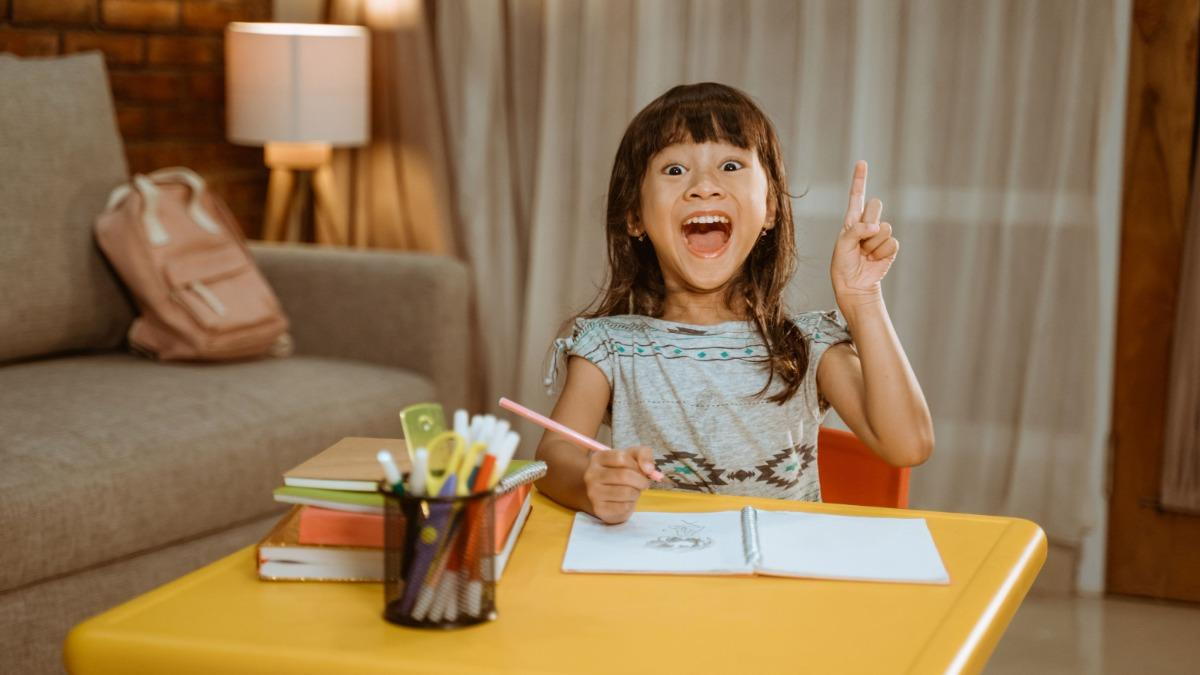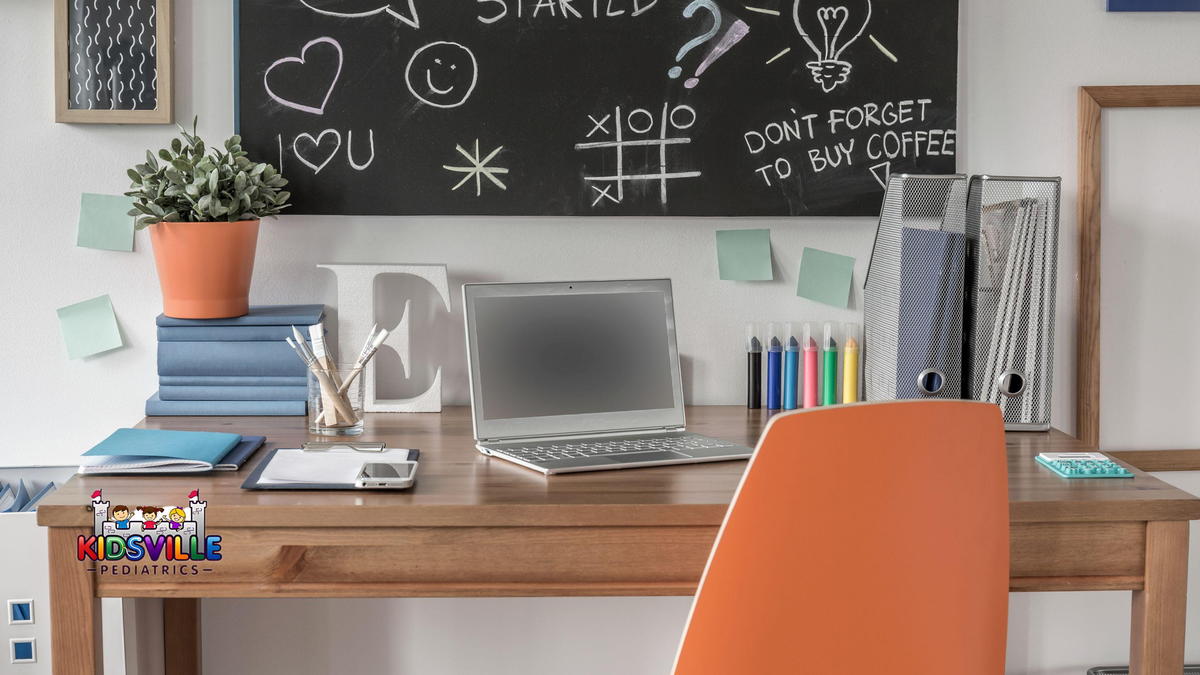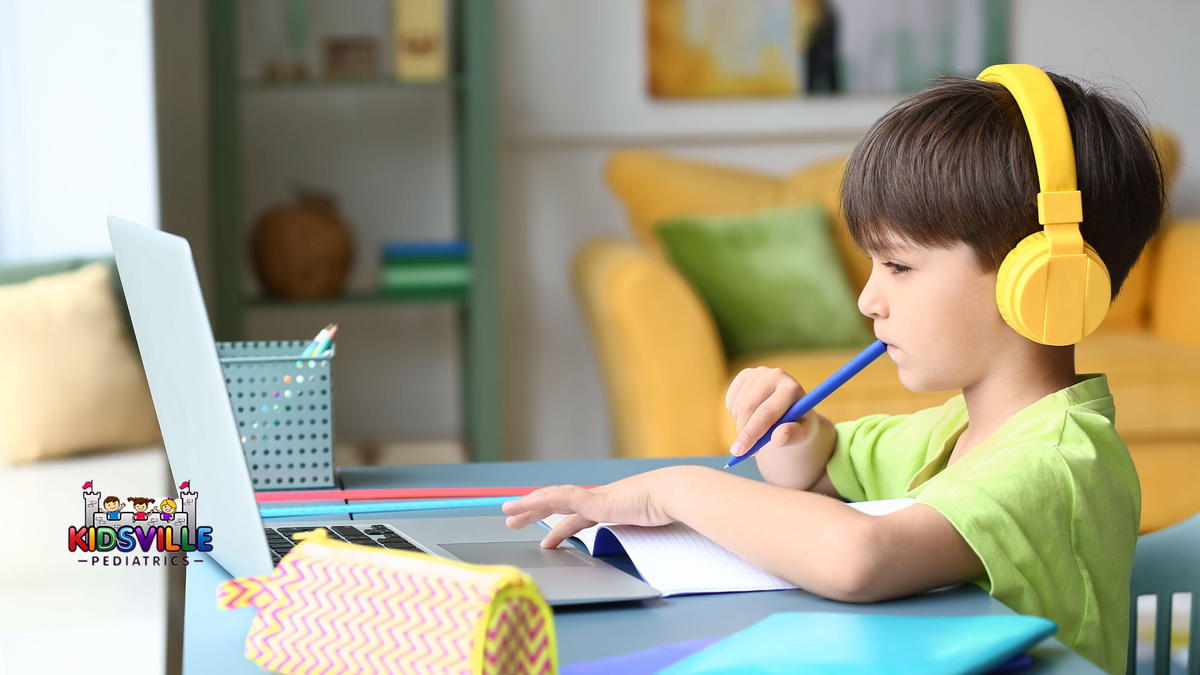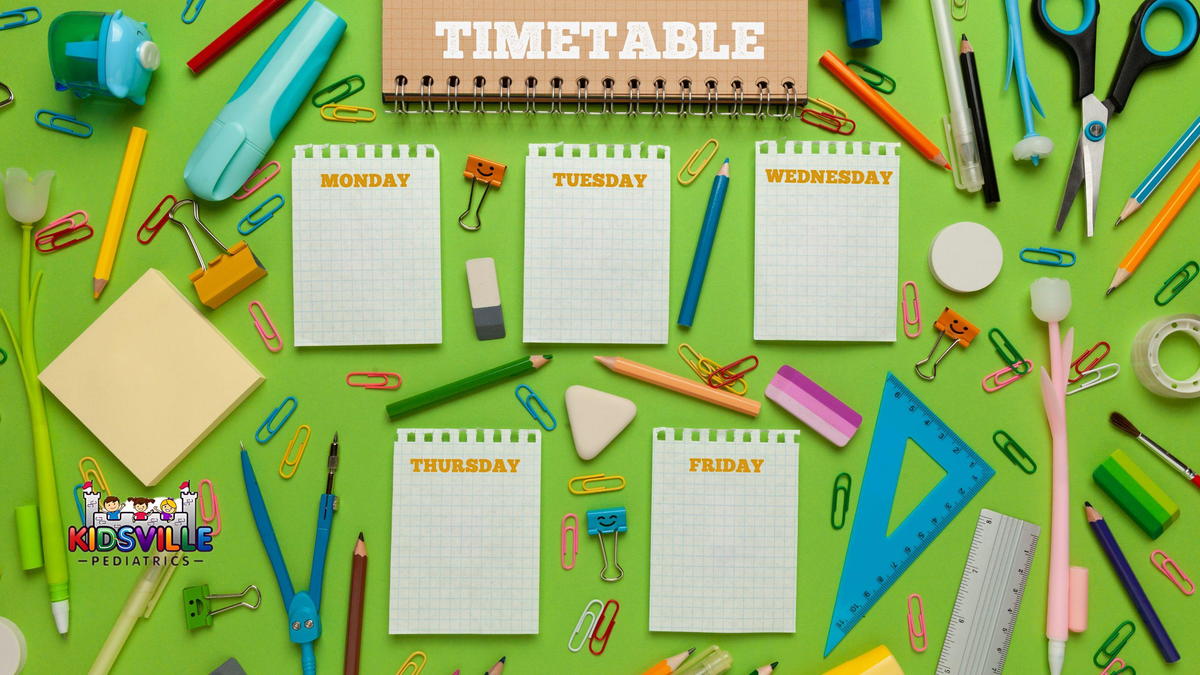
Adopting home learning is one of the best ways to keep your kids safe, especially with the pandemic, while ensuring they acquire the adequate education they need. With home learning, you can prioritize and monitor your child’s physical, mental, and behavioral status to provide them with the support they need for overall wellness, helping them develop academically.
If you're unsure about how to set up a conducive learning environment at home, this guide will provide you with practical steps. By following these tips, you'll be able to create a space where your child can thrive in their learning journey while staying safe at home.
7 Tips for Creating a Supportive Home Learning Environment for Your Kids
Creating the perfect environment for your child’s learning at home is crucial for their academic success and overall well-being. Here are seven effective tips that can help you build an atmosphere conducive to productive learning:
1. Communicate and Understand Their Needs

The first step in building an effective home learning space is understanding your child’s specific needs. While you might have an idea of what’s best, it's essential to open a line of communication with your child to see what they truly want in their learning environment.
Ask your child for input on how they feel most comfortable and focused during their studies. This dialogue ensures that the learning space you design is tailored to their needs, helping them feel more in control and motivated.
2. Dedicate a Space for Learning

Although your child can study from anywhere in the house, having a designated learning space can greatly improve their focus and productivity. A dedicated study space creates a sense of responsibility, helping your child associate that area with learning.
Ensure this space is well-ventilated, comfortable, and free from distractions. It doesn’t need to be a full office; even a small, quiet corner can make a difference. This consistency helps your child get into the mindset of learning when they are in that specific space.
3. Declutter and Light Up the Space

A cluttered and disorganized space can impede learning. Keep the learning area tidy by removing unnecessary items and distractions. A clean, organized space not only looks better but also fosters a sense of calm, which is essential for learning.
In addition, make sure the area is well-lit. Natural light is especially beneficial, as it helps improve attention, mood, and concentration. If natural light isn't available, provide ample artificial lighting to create a bright and welcoming study space.
4. Provide the Necessary Resources

Once you have set up the physical space, it’s time to equip your child with the tools they need for their learning. This includes a functional laptop or tablet, a reliable internet connection, and any additional educational materials like textbooks, eBooks, and notebooks.
By ensuring they have everything they need, you remove barriers to their learning and help them stay focused on their education.
5. Create a Consistent Learning Schedule

A consistent schedule is key to successful home learning. Set up a routine that includes specific times for classes, assignments, and breaks. Sticking to this schedule will help your child build time-management skills and maintain a sense of normalcy.
This consistency will also help your child stay on track with their lessons and assignments, making it easier to manage the demands of online learning.
6. Monitor Their Progress

Without the physical presence of teachers, it’s essential for you to keep an eye on your child’s progress. Monitor their class attendance, homework, and participation in virtual lessons. If they seem to be struggling, offer support and encouragement.
Engage with them by studying together, helping with assignments, or simply providing motivation through small rewards or praise when they complete tasks. Encouraging collaboration with their classmates through virtual study groups can also make learning more engaging.
7. Make Learning Fun and Engaging

Keep home learning exciting by introducing variety into your child’s routine. You can use digital flashcards, graphs, illustrations, or even educational games to explain concepts. This not only makes learning more fun but also helps prevent burnout.
When learning is interactive and enjoyable, your child will stay motivated and look forward to their lessons. Making adjustments based on your child’s feedback will ensure they remain engaged in their studies.
Key Factors to Consider When Setting Up a Learning Space
Creating an optimal home learning environment goes beyond setting up a desk and laptop. Here are important factors to keep in mind as you tailor your child’s learning space to suit their individual needs:
1. Age
Your child’s age plays a critical role in determining how their learning space should be set up. Younger children may benefit from colorful and playful elements in their space to keep them engaged, such as fun posters or educational toys. Older children, on the other hand, may prefer a more mature and less distracting environment.
Tailoring the learning space to your child’s developmental stage ensures they feel comfortable and engaged while learning at home.
2. Learning Habits
Every child has a unique learning style, so it’s important to consider whether they are visual, auditory, or kinesthetic learners. Understanding how your child learns best will allow you to provide the right resources and environment to support their learning.
For instance, if your child is an auditory learner, you can incorporate audiobooks or podcasts into their lessons. For visual learners, having access to videos, charts, and illustrations can make a big difference in their understanding of the material.
Pedia Near Me
Pediatricians often assess children's physical, emotional, and cognitive health, allowing them to identify potential barriers to effective learning. When children experience stress, anxiety, or other emotional challenges, their ability to focus and engage in learning diminishes. Thus, the best pediatric office can recommend strategies for creating a supportive home environment that fosters not just academic success but also emotional well-being.
Moreover, a pediatrician can provide insights into the developmental needs of children at different stages. For instance, younger children may benefit from a colorful and playful learning space, while older children may thrive in a more minimalistic and organized setting. By understanding these needs, parents can design an environment that accommodates their child’s unique learning style, whether it be auditory, visual, or kinesthetic.
In addition to physical space, a pediatric doctor can also offer advice on incorporating healthy routines into the home learning environment. This includes setting consistent schedules for learning, encouraging breaks, and promoting physical activity. By integrating these elements, parents can help their children develop essential skills such as self-discipline and time management, crucial for academic success.
Ultimately, the collaboration between pediatricians and parents in creating a supportive home learning environment empowers children to thrive academically while also attending to their overall health and well-being.
Click to Schedule An Appointment. Or visit/call our clinics: Kidsville Pediatrics Mansfield TX: 682-341-3910; 1759 Broad Park Circle S, Suite 201 & 205, Mansfield, TX Kidsville Pediatrics Southlake: 682-345-8010; 2813 W. Southlake Blvd Suite 100 Southlake, TX Kidsville Pediatrics McKinney: 469-885-9400; 5881 Virginia Pkwy. Suite 300 Mckinney, TX |
